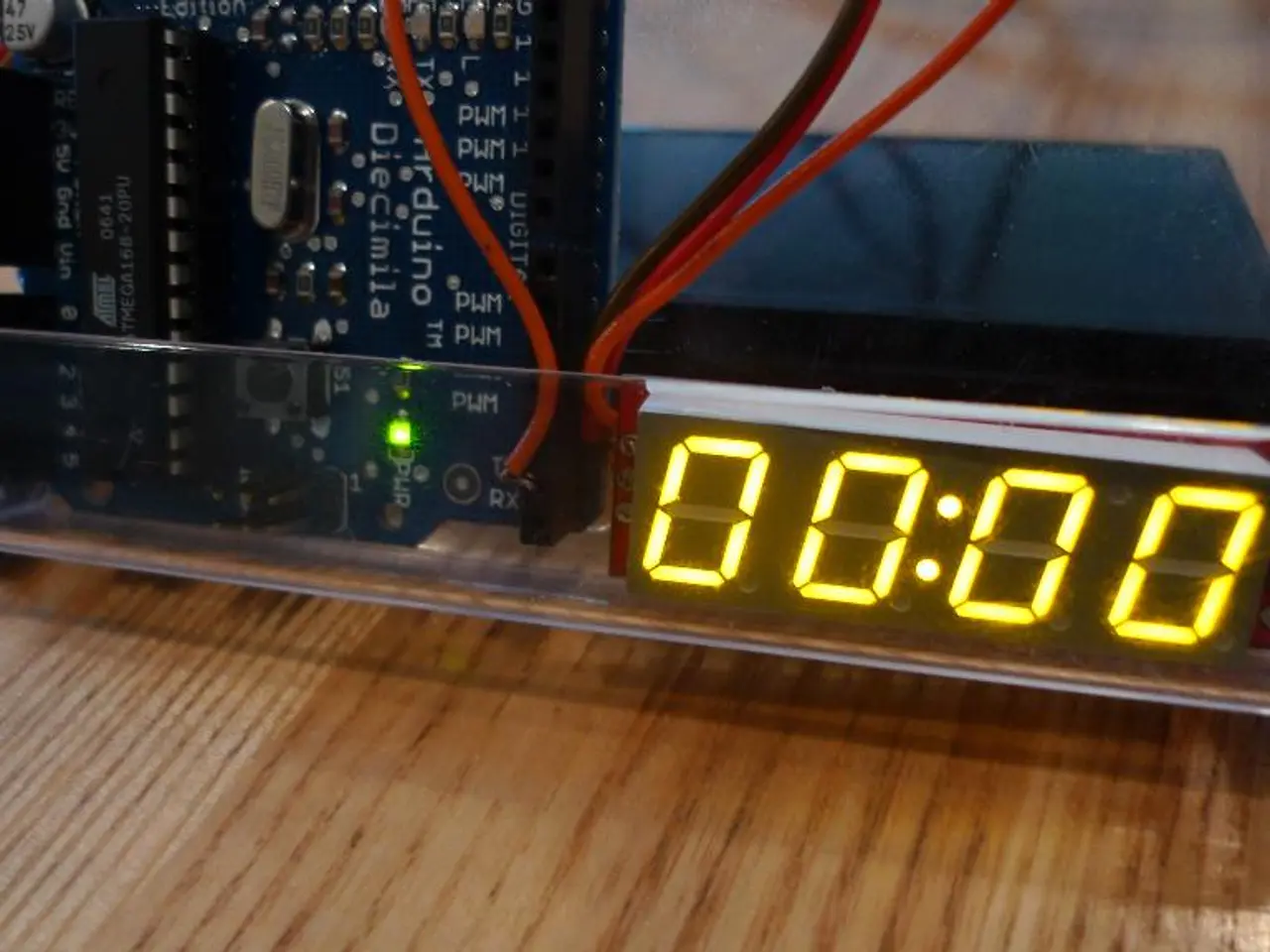Understanding the Mechanics of Circuit Simulation: A Look into its Operating Procedures
Circuit simulation is a crucial process in the realm of electrical and electronic engineering, serving as a means to verify the functionality of circuit designs before they are manufactured and deployed. This technique allows engineers to predict the behavior of circuits, ensuring optimal performance and minimizing potential errors.
Analog Circuit Simulation
Analog circuit simulation, such as using LTspice, is primarily employed for simulating circuits that deal with continuous signals, like amplifiers, filters, oscillators, and comparators. This type of simulation enables fast and accurate modeling of analog systems, including transient, noise, AC, DC, and Fourier analyses. Applications of analog circuit simulation span across various fields, including radio frequency electronics, power electronics (like DC-DC converters, inverters), audio electronics, automotive electronics (embedded systems, engine control units, entertainment systems), and power supply design. LTspice is a prominent tool for this type of simulation.
Digital Logic Circuit Simulation
While LTspice supports simple digital logic simulation, it is not primarily designed for complex digital logic circuits. Specialized tools exist for detailed digital logic simulation, often focusing on timing, logic correctness, and verification.
Power Electronics and Switching Converters Simulation
Specialized simulations for switched-mode power supplies (SMPS) and DC-to-DC converters are essential for analyzing efficiency, heat dissipation, and device performance under different thermal conditions. LTspice offers specialized models that speed up switching power supply simulation.
Quantum Circuit Simulation
Quantum circuit simulation techniques, such as Monte Carlo wavefunction simulation or quantum trajectories, simulate noisy quantum circuits. These simulations can be used for research and development of quantum algorithms, quantum error correction, and hardware noise characterization in quantum computing.
Classical Circuit Simulation of Quantum Devices
Simulating large-scale quantum circuits by modeling qubits as classical LCR (inductance-capacitance-resistance) circuits using SPICE-based methods enables rapid, coarse-grained circuit analysis and fine-grained optimization for quantum readout fidelity. This type of simulation can simulate thousands of qubits efficiently on standard hardware and is useful for superconducting qubit design and quantum readout system optimization.
In summary, each type of circuit simulation targets specific needs—from classical analog and power circuit design to cutting-edge quantum computing research—highlighting the versatility and specialization of circuit simulation techniques across fields.
IBIS and PCB Design
IBIS (Input/Output buffer information specification) is a behavioral model that details the electrical characteristics of the digital inputs and outputs of a device. This model is invaluable for PCB designers to understand circuit behavior before board fabrication.
DC Analysis Example
Consider a simple example of a DC analysis of a voltage divider circuit with a 10V DC input across 10k and 5k ohms resistors and a capacitor at the output. Using circuit simulation, we can determine that the output voltage would be 3.333V.
Modes of Analog Circuit Simulation
Analog circuit simulations can be executed in various modes such as AC (frequency domain), DC (non-linear quiescent), and Transient (time-domain).
Open-Source Circuit Simulation Engines
SPICE (Simulation Program with Integrated Circuit Emphasis) is a popular open-source circuit simulation engine, providing a versatile platform for circuit simulation. Another open-source circuit simulation software similar to SPICE is LTspice.
In conclusion, circuit simulation plays a pivotal role in the design and development of electrical and electronic circuits, from simple analog circuits to complex quantum systems. Its applications are vast, spanning various industries and contributing significantly to innovation and technological advancements.
Controlled impedance technology is utilized in analog circuit simulation, especially for high-speed digital circuits, to ensure accurate modeling of signal propagation.
The controlled impedance technology is crucial in PCB design, as it is used in IBIS models to predict the behavior of digital circuits before board fabrication.




